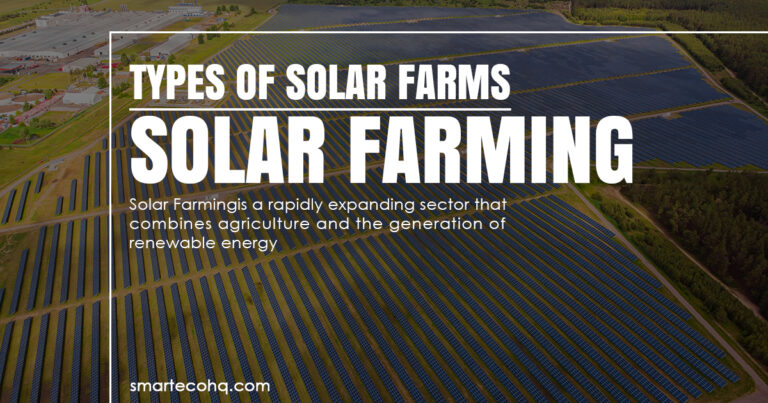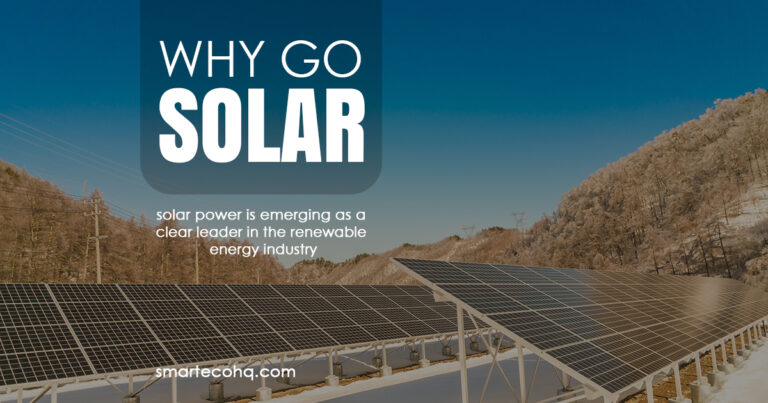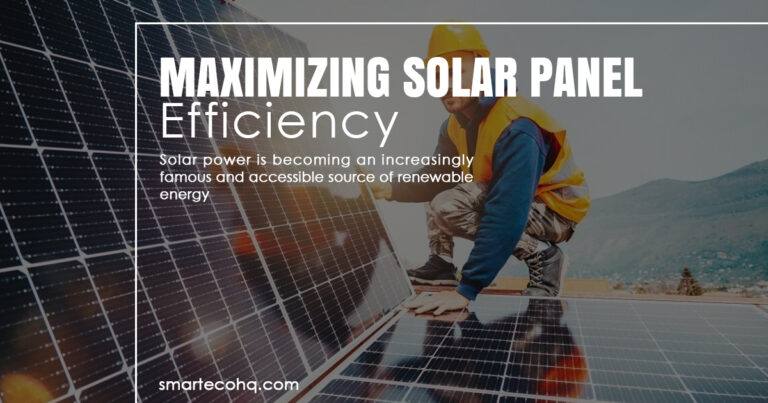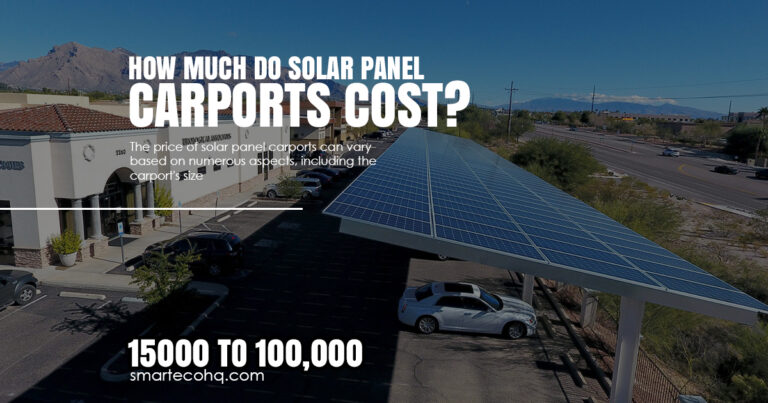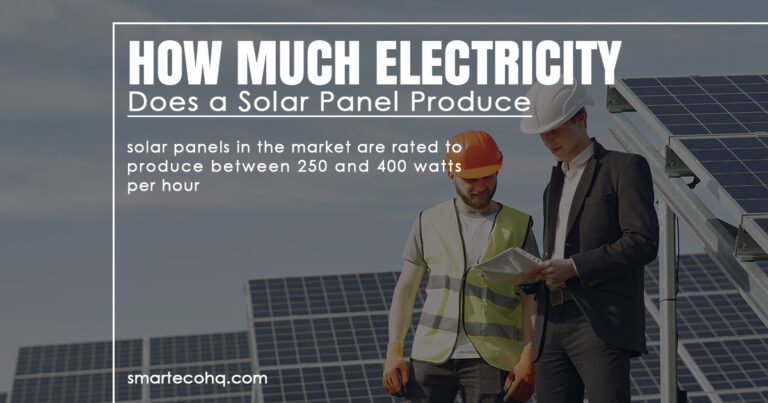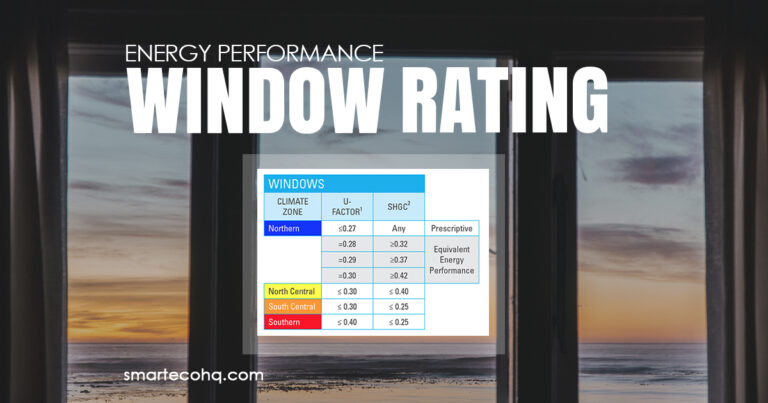Solar Panels For Flat Roofs: A complete guide
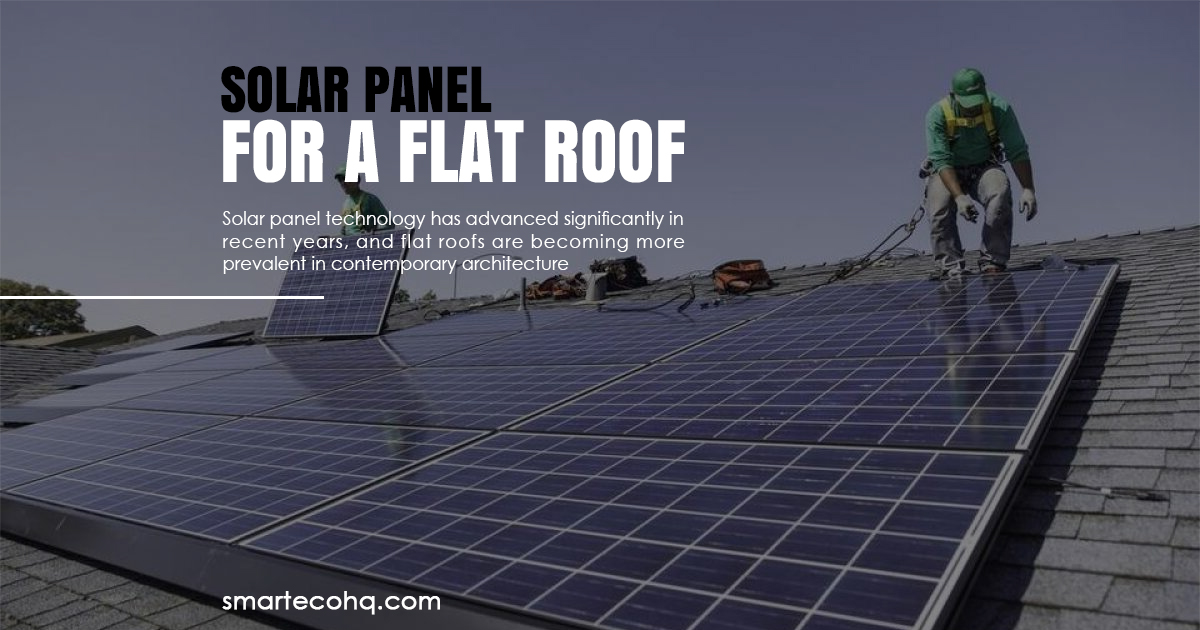
Maximize your roof’s potential with solar panels designed for flat roofs. Get the comprehensive guide and make an eco-friendly choice. Click to learn more.
1. Benefits of Solar Panels for a Flat Roof
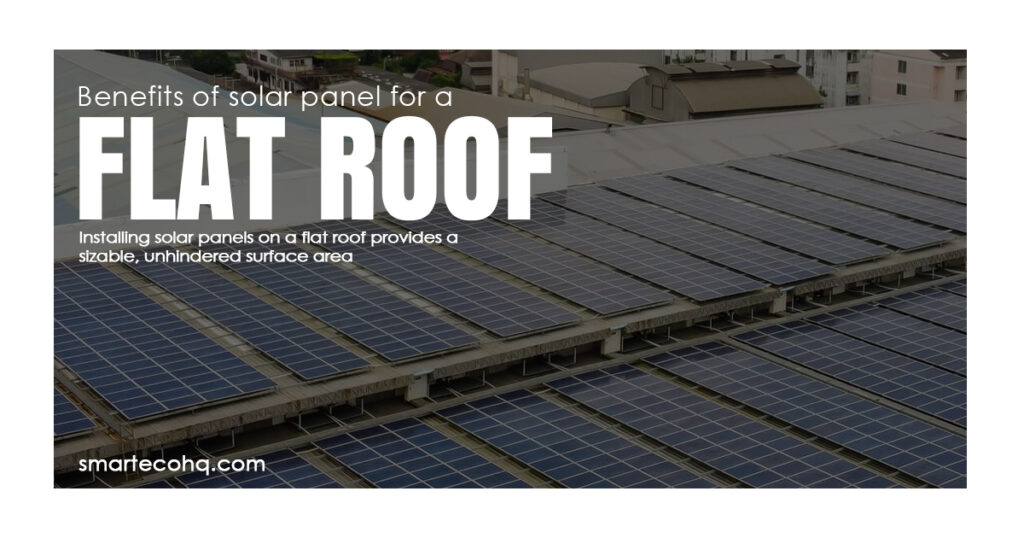
Getting the Most Out of Your Sunlight
The capacity to capture maximum sunlight is one of the key benefits of placing solar panels on a flat roof. Unlike pitched roofs, which may have shading limits, flat roofs allow for unrestricted exposure to the sun throughout the day. Flat roofs are an appealing alternative for solar installations due to their optimal light exposure, which enables effective energy generation.
Efficiency of Space
Flat roofs provide plenty of space for solar panel installations. Because there are no slopes or barriers, a greater number of panels may be installed, enhancing electricity generation capacity. This benefit is especially beneficial for houses with limited ground space, making flat roofs an excellent alternative for solar energy utilization.
Appealing Aesthetically
Solar panels on a flat roof might improve a building’s visual appeal. Solar arrays can integrate smoothly with the roof surface with careful design and installation, producing a sleek and modern appearance. Flat roof solar installations are an appealing alternative for people worried about the visual impact of renewable energy systems due to this aesthetic integration.
Types of Solar Panels for Flat Roof
Flat roofs are best suited for two primary types of solar panels:
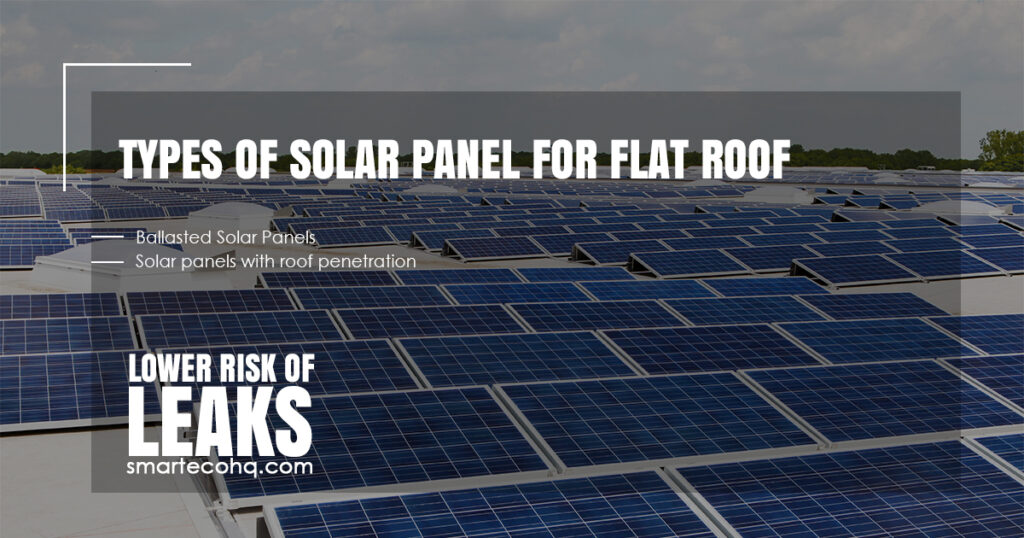
Ballasted Solar Panels:
Rather than being screwed into the roof, ballasted solar panels are held in place by weights. Since they don’t require any roof penetration and therefore lower the risk of leaks, they are a popular option.
Solar panels with roof penetration:
This mounting option offers a more secure mounting option by securing the solar panels to the roof with bolts or screws. But because they require roof penetration, there is a greater chance of leaks.
3. Factors to consider before Installation:
Several critical things must be considered before installing solar panels on a flat roof to ensure a successful and long-lasting installation.
Tilt and Orientation of the Roof
The flat roof’s position and inclination can have an impact on the efficiency of solar panels. The roof should ideally face south to receive maximum sunlight throughout the day. However, east or west-facing roofs can also be effective, but with slightly lower energy generation at certain times of the day. To maximize energy output, the tilt angle of the panels should be optimized based on their geographical location.
Load-Bearing Capacity of the Roof
Solar panel installations add weight to the roof structure, so the load-bearing capacity of the flat roof must be determined. It is recommended to consult with a structural engineer or a professional solar installer to guarantee that the roof can withstand the added weight without compromising its integrity. In some circumstances, reinforcements or adjustments may be required.
Waterproofing and upkeep
Proper waterproofing is required to protect the roof from leaks or damage caused by solar panel installation. It is critical to work with competent installers who understand the special waterproofing requirements for flat roofs. In order to achieve optimal performance and lifetime, the solar panels and roof surface must be maintained on a regular basis. Cleaning debris, inspecting for signs of damage, and treating issues as they arise can help preserve the system’s efficiency and lifespan.
Installation Process
Usually, the following steps are involved in installing solar panels on a flat roof:
Site evaluation:
An experienced solar installer will evaluate the roof’s state and make sure solar panels can be installed there.
Design:
The solar panel installer will create a system specifically for your roof and energy requirements.
Permits:
Your local authorities will grant the installer any necessary permits.
Installation:
After being wired together and connected to the inverter, the solar panels will be mounted on the roof.
Inspection:
The installer will examine the system and make any necessary adjustments.
Mounting Options
Ballasted and penetrating solar panel mounting options are the two primary types available for flat roofs, as was already mentioned. Your roof’s best option will depend on a number of variables, including the condition of the roof and how it is exposed to wind. and local building regulations. A qualified Solar Installer will know which mounting method is best for your roof.
Wiring and Inverter
It is necessary to wire the solar panels together and connect them to an inverter after they have been set up. Direct current (DC) electricity produced by the solar panels is transformed into alternating current (AC) electricity, which is usable in your home, by the inverter. To maximize energy production and safety, a qualified installer will guarantee the wiring and inverter are installed properly.
Maintenance of Solar Panels for a Flat Roof
Solar panels need some maintenance to ensure their best performance and longevity, even though they are a low-maintenance energy source. An installation of solar panels on a flat roof requires the following maintenance:
Cleaning and Inspection
Solar panels’ efficiency can be decreased over time by dirt, debris, and bird droppings amassing on them. For routine cleaning, it is recommended to use a soft-bristled brush and a mild detergent. Abrasive materials and high-pressure washing should be avoided because they can damage the panels.
It’s also critical to look for loose connections, damage, or cracks in the panels. In addition to posing a safety risk, these problems may reduce energy production. An expert solar installer can conduct routine inspections and take care of any required repairs.
Repair and Replacement
It might be necessary to replace a panel if it is beyond repair. To avoid performance issues, it’s crucial to confirm that the replacement panel is functionally equivalent to the current setup. The best replacement options can be discussed with a qualified solar installer.
Pre-Installation Considerations
Prior to mounting solar panels on a flat roof, it is important to consider the roof’s weight capacity. The additional weight of the solar panels and their mounting apparatus may put strain on the roof’s structural support. A skilled solar installer can assess the capacity of the roof and recommend any necessary reinforcements.
Cost and Financing
Depending on the size of the system, the mounting method, and the location, the cost of installing solar panels on a flat roof can change. Although the price has significantly dropped in recent years, homeowners now have a more affordable option.
Installing solar panels can also be more easily financed through various borrowing or leasing options. The cost may also be lessened by a combination of government rebates and incentives.
Government Incentives
Incentives and rebates from numerous governments, including tax credits and subsidies, are available to homeowners who install solar panels. These incentives may lower the cost and increase the accessibility of solar panel installation. Before installing solar panels, you should investigate any regional incentives that might be available.
Solar panels are a feasible and sustainable method for generating power, and they have various advantages when installed on a flat roof. Flat roofs maximize sunshine exposure, save space, and provide the possibility for aesthetic integration. Monocrystalline, polycrystalline, and thin-film panels are all common flat roof panel options, each with their own set of advantages.
Roof orientation, load-bearing capacity, and waterproofing are all important considerations for a successful installation. While there are some initial costs, the long-term savings, economic incentives, and good environmental impact make solar panels for flat roofs a wise investment. We contribute to a greener future and minimize our carbon footprint by utilizing solar electricity. So, if you have a flat roof, think about installing solar panels to power your home or business in a sustainable manner.

